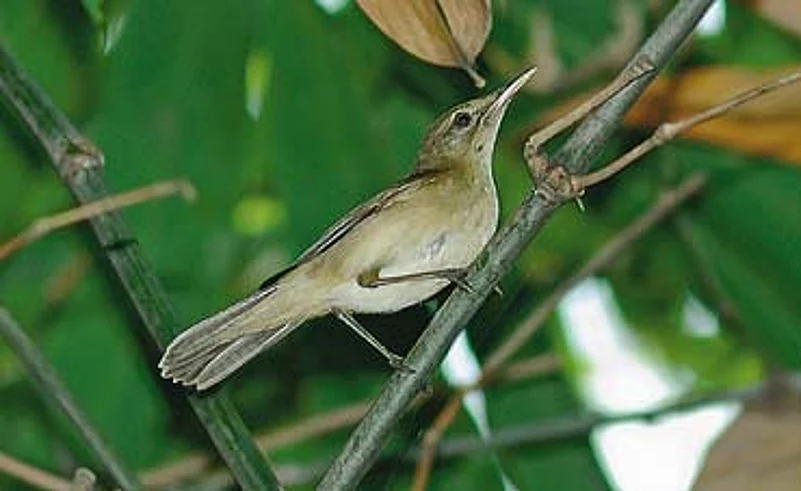
Sweet song Large-Billed Reed Warbler
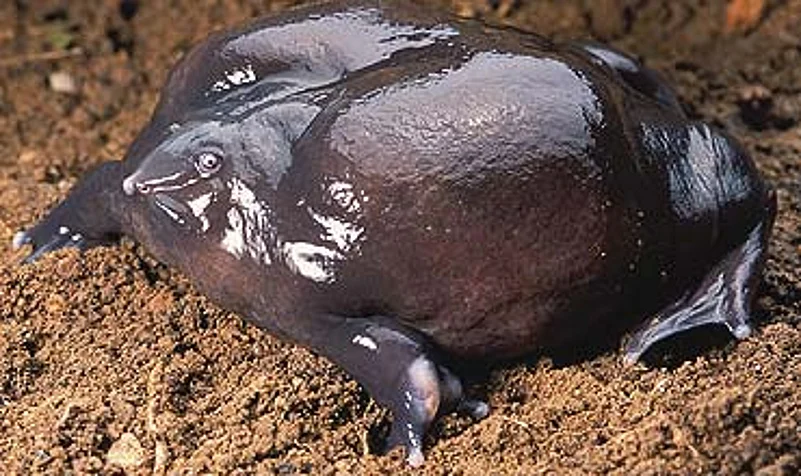
By leaps The Pig-Nosed Frog
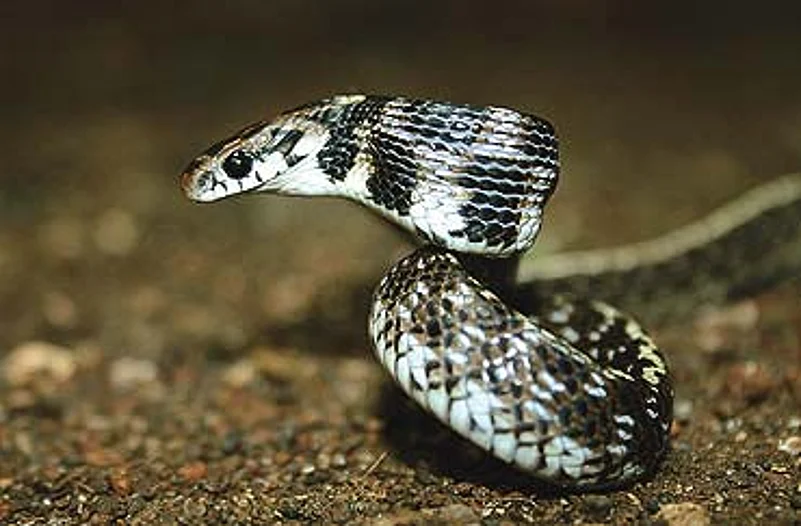
Indian Egg-Eating Snake
Another herpetological breakthrough was the rediscovery of the Indian Egg-Eating Snake, a toothless specialist. It was first found in Rangpur (now in Bangladesh) in 1863. Subsequently a few surfaced in Nepal and in Bihar, West Bengal and Uttarakhand, before disappearing altogether. Expeditions were proposed, old reports pored over, as herpetologists planned to resurrect the enigmatic snake. In 2003, a specimen of the long lost Indian Egg-Eater turned up in Wardha, Maharashtra, without much fanfare. It's not often that a species presents itself on a platter but it is up to the beholder to realise its value. For about 14 years the species was staring us in the face—intrigued snake enthusiasts from various cities in Gujarat sent pictures seeking its identification. Then it had not occurred to any of the established herpetologists that the creature could emerge over a thousand kilometres away from its known range. It was dismissed as an aberrant form of a tree snake until the sharp eyes of Frank Tillack, a professional German bricklayer and a self-taught ophiologist, identified the snake for what it was.
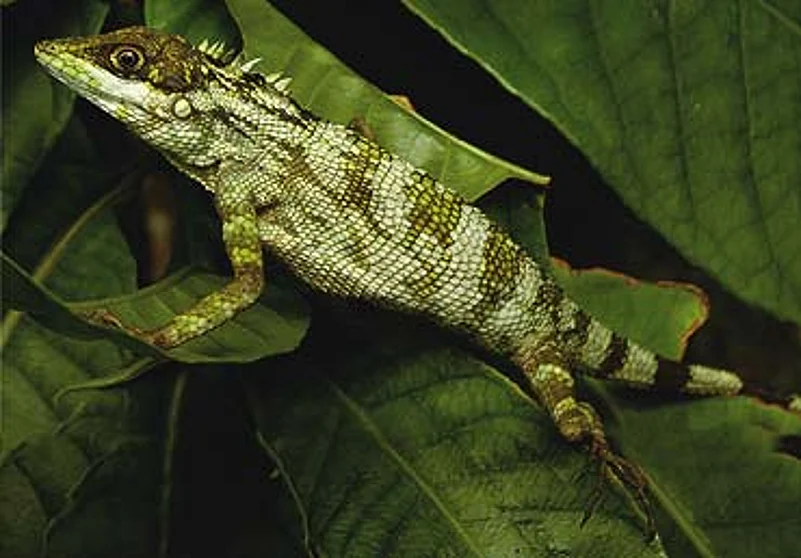
Changing colours This new species, the Andaman Lizard, was almost found by accident
Yet another effortless discovery happened at the field station of the Andaman and Nicobar Islands Environmental Team in 2004. Lizard researcher Shreyas Krishnan woke up with a bad hangover one morning. Despite the heavy downpour he hobbled to the kitchen, hoping a cup of strong tea would clear his head. When he heard a splash in the rapidly growing pond outside, he hoped it was a frog. If it was a lizard he was duty-bound to take a look, an inconvenient proposition just then. A lizard it was, and one that neither he nor any of the numerous visiting herpetologists had ever seen before. Shreyas had discovered not only a species, but a whole new genus. Also, as a bonus, an instant cure for hangovers!

Little tree frogs
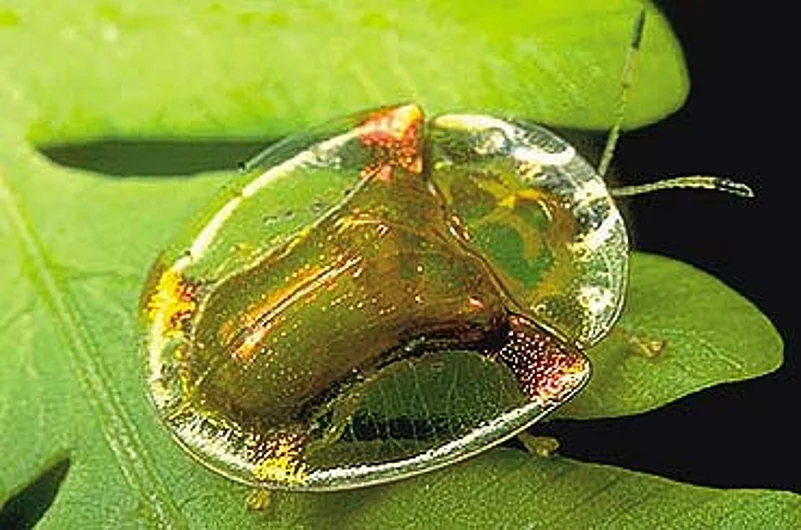
Tortoise Beetle
Wet squelchy forests are not the only frontiers of biological exploration; barren degraded forests are too. The spectacular Peacock Tarantula was named on the basis of a single specimen obtained at Gooty (Andhra Pradesh) railway station's timber yard in 1899. Although the place has no habitat, naturalists doggedly searched the area for the spider. About 102 years later, a four-member team concluded that the tarantula must have arrived at the yard as a stowaway in a hollow log. They focused on old railway lines with suitable habitat for a large tree-dwelling spider. Finally, some distance from Gooty, they found the most beautiful spider in the world in a totally degraded forest. Within five hours. While this re-discovery went totally unnoticed in India, it set the network of European and American animal dealers buzzing. Within a year 12 specimens of the tarantula were smuggled out of the country and the babies hit the pet trade the following year. In 2005 when I visited an exotic pet expo in the United States each baby was worth US $350, down from $1,000 in 2003.
These examples are just a few highlights. Scanning two Indian scientific journals revealed the discovery of 31 new species of fish, numerous insects and countless plants just in the last three years. The bottomline is anyone can find a new species; so put on your high-topped boots, get out your wide-brimmed hat and play Species Roulette. Imagine immortality: a tick with your name on it!


























